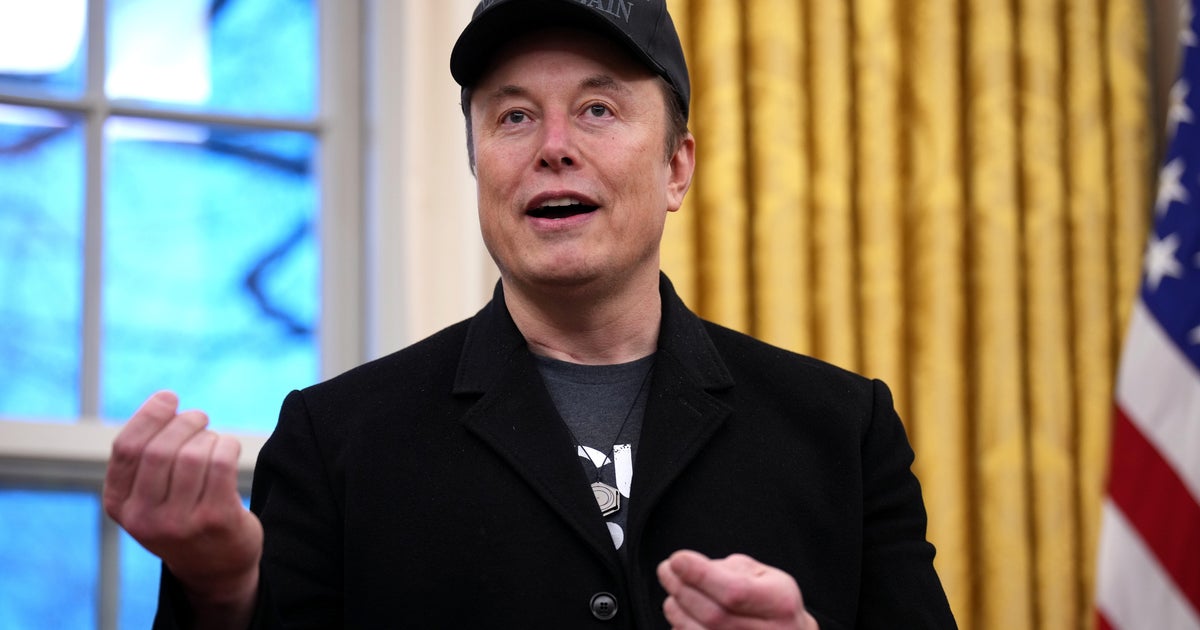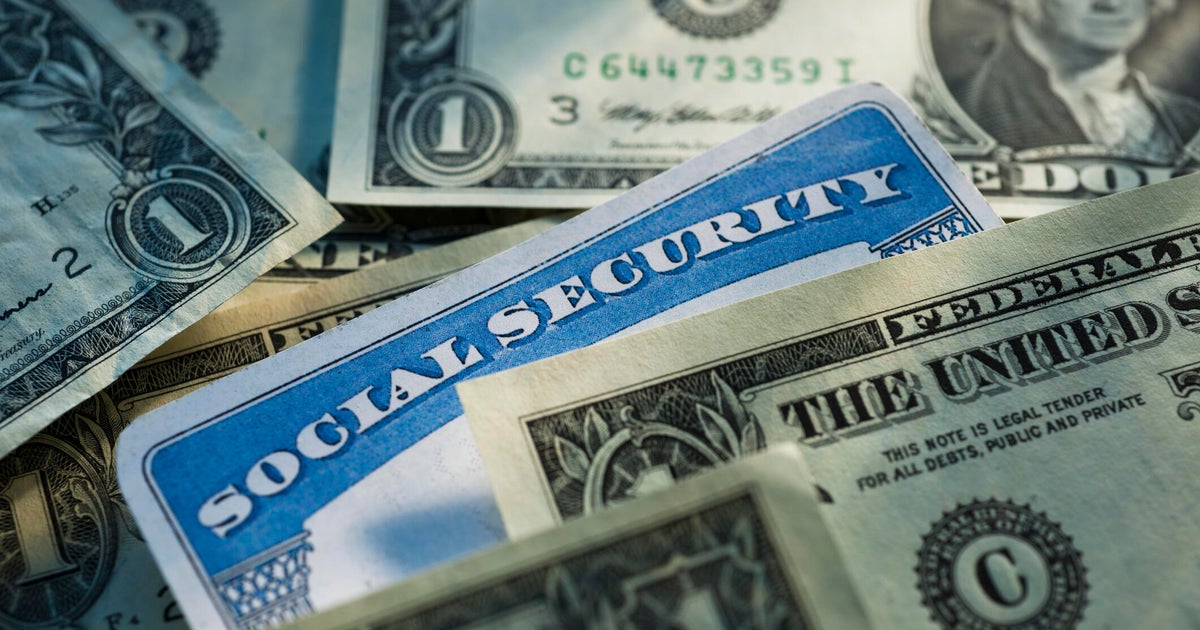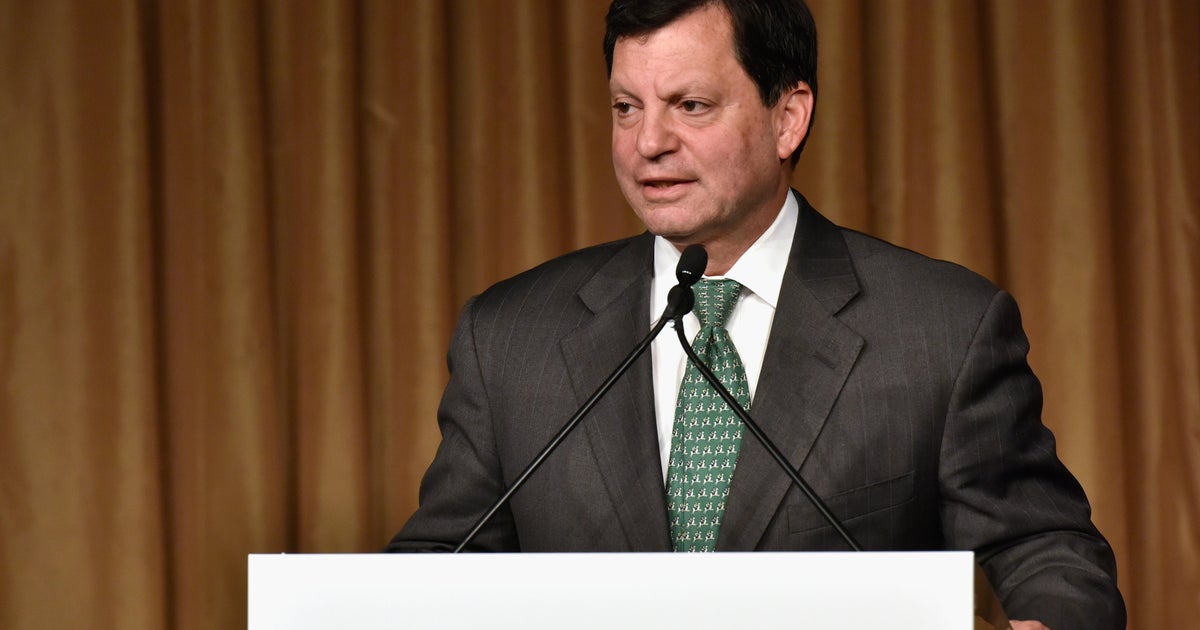SpaceX Falcon Heavy launch puts on spectacular show in maiden flight
SpaceX's Falcon Heavy, the world's most powerful rocket, thundered to life and shot away from Florida Tuesday on the power of 27 engines and nearly 5 million pounds of thrust, kicking off a spectacular maiden flight to send founder Elon Musk's cherry red Tesla Roadster on a "just for fun" journey into the asteroid belt well beyond Mars.
It was easily the loudest and possibly most dramatic launch from Florida's "Space Coast" since NASA's space shuttle was retired in 2011 with the Falcon Heavy, made up of three strapped-together core stages powered by nine engines each, putting on a dazzling show for tourists and area residents jamming nearby roads and beaches.
Spectacular as it was, the launching was just the appetizer for a long-awaited test flight. Eight minutes after the rocket took off, two of the three Falcon 9 core stages that helped power the vehicle out of the lower atmosphere made rocket-powered descents to side-by-side touchdowns at the Cape Canaveral Air Force Station, generating thunderous sonic booms as they slowed for landing.
The central core stage, however, ran out of propellant on the way down and was unable to restart its engines for descent into the lower atmosphere. Instead, it crashed into the Atlantic at about 300 mph, missing the "Of Course I Still Love You" droneship by about the length of a football field, damaging two of the unpiloted ship's thrusters and showering the deck with debris.
None of the stages used for Tuesday's flight were to be used again as SpaceX transitions to an upgraded version of the Falcon rocket and recovering the boosters was a secondary test objective. The major goal was demonstrating a new heavy-lift rocket and Musk was thrilled with the mission.
"I'm really excited about today, incredibly proud of the SpaceX team," Musk said after launch. "They've done an incredible job of creating what really is the most advanced rocket in the world, the biggest rocket in the world. I'm still trying to absorb everything that happened because it seems surreal to me."
Musk tried to downplay expectations before launch, warning that launching a powerful new rocket on its first flight was risky business.
"I had this image of a giant explosion on the pad and a wheel bouncing down the road and the Tesla logo landing somewhere with a thud," he told reporters after launch. "But fortunately, that's not what happened. The mission has begun really as well as one could have hoped with the exception of the center core."
While the Tesla on board for the rocket's first test flight tipped the scales at a relatively modest one ton or thereabouts, the Heavy has the ability to boost nearly 140,000 pounds to low-Earth orbit and more than 37,000 pounds to Earth-escape trajectories to Mars.
NASA is currently building an even more powerful rocket known as the Space Launch System, or SLS, that will generate 8.8 million pounds of thrust in its initial configuration and up to 11.9 million pounds in a follow-on cargo variant. The initial version will be able to boost more than 50,000 pounds to Earth-escape velocity.
But the SLS is not expected to fly until late 2019 or later. Until then, the Falcon Heavy will be the world's most powerful rocket, offering a relatively low-cost option for getting heavy payloads into space for NASA, the Department of Defense and commercial satellite operators.
U.S. Commerce Secretary Wilbur Ross, who attended the launch at the Kennedy Space Center, said the Heavy offers a promising alternative for heavy weight national security satellites that are too big for the Falcon 9 and currently fly exclusively on more expensive United Launch Alliance Delta 4s.
"The national security people have indicated that assuming this test or a subsequent one goes well they would plan to use this Falcon Heavy for classified missions," he said.
The rocket also could be used to launch astronauts or space tourists to the moon, although plans for such flights are not yet mature.
Made up of three strapped-together Falcon 9 first stages and a single upper stage, carrying the Tesla, the Falcon Heavy's engines flashed to life at 3:45 p.m. EST (GMT-5), two hours and 15 minutes late because of higher-than-allowable upper-level winds.
After a lightning-fast round of computer checks, the 229-foot-tall rocket was released to climb away from from the pad, shattering the afternoon calm with an ear-splitting roar and an impossible-to-miss rush of fire from all 27 engines, nine at the base of each core stage.
Going into the flight, Musk predicted a 50 percent to 70 percent chance of success based in large part on the difficulty predicting how the vehicle would respond to extreme aerodynamic stresses and vibrations from the clustered engines.
As it accelerated skyward, aerodynamic forces quickly ramped up, forming an invisible "bow shock" over the nose of the central core stage, creating complex interactions and, possibly, localized heating as the spacecraft picked up speed plowing through the thick lower atmosphere.
But the Heavy endured those stresses, rocketing through the speed of sound and the region of maximum aerodynamic stress about a minute after liftoff.
The 18 engines in the two outboard core stages shut down two-and-a-half minutes after launch. Both stages then separated from the core booster, flipped around, restarted three engines each and began flying back to Florida.
The nine center stage engines continued firing for another 30 seconds or so before they, too, shut down and the second stage pulled away on its own, lighting up a single Merlin engine to continue the boost toward a preliminary orbit.
The central core stage then fired three of its engines to set up a landing on the "Of Course I Still Love You" stationed several hundred miles east of Cape Canaveral. The two outboard stages, meanwhile, restarted three engines to slow down for atmospheric entry.
The burns -- brilliant side-by-side jets of flame -- were clearly visible across Florida's east coast as the two boosters plunged tail-first toward pads at Landing Zone 1 at the Cape Canaveral Air Force Station. Falling like bombs, the rockets each restarted a single engine to slow for touchdown, each one deploying four landing legs.
Heralded by dual sonic booms that thundered across Cape Canaveral, both boosters touched down about eight minutes after liftoff. But the central booster didn't make it to the droneship.
"Apparently, it hit the water at about 300 mph and took out two engines on the droneship," Musk said. "We've got the footage. It's some pretty good footage! If the camera's didn't get blown up as well, then we'll put that out. We weren't going to reuse that center core anyway."
A few moments after the booster landings, the second stage engine shut down putting the rocket and Musk's still-attached Tesla Roadster into a preliminary orbit. A second engine firing 20 minutes later put the stage and its Tesla payload into an elliptical orbit with a high point of 4,319 miles and a low point of 112 miles.
Live video from the spacecraft was streamed on YouTube throughout the afternoon, showing the Tesla, its space-suited mannequin "Starman" in the driver's seat and a sign reading "Don't Panic" on the dashboard where the car's computer screen would be. The video showed the Roadster slowly rotating against a backdrop of deep space and the brilliant blue planet below, spectacular images that made the stream one of the most watched in YouTube history.
But at that point, the Tesla was still firmly in the grip of Earth's gravity. A third rocket firing late Tuesday night boosted the Tesla's velocity to some 25,000 mph, fast enough to escape the pull of Earth's gravity.
In fact, the burn was more successful than originally planned. SpaceX engineers initially calculated the Tesla would end up in an orbit around the sun with a high point around the distance of Mars' orbit and a low point close to the orbit of Earth. But the second stage apparently fired longer than expected, boosting the Roadster into a solar orbit with a high point in the asteroid belt well beyond Mars.
"We estimate it'll be in that orbit for several hundred million years, maybe in excess of a billion years," Musk said before launch. Tuesday night, he tweeted: "Third burn successful. Exceeded Mars orbit and kept going to the Asteroid Belt."
New rockets making their first flights typically carry dummy payloads, or "mass simulators." But not the Falcon Heavy.
"It's just for fun," Musk laughed in an interview. "A lot of people (wondered) what's the purpose of sending a car to Mars? There's no point, obviously! It's just for fun and to get the public excited.
Musk believes the Falcon Heavy, which at $90 million a copy costs much less than ULA's less-powerful rockets or the European Ariane 5 booster, is a potential game-changer for SpaceX. But first, the company must demonstrate the Heavy's reliability.
And it's not yet clear how the Falcon Heavy figures into SpaceX's long-term plans, whether enough customers, including NASA, will buy the Heavy for commercial satellite-launching missions, to send interplanetary probes into deep space or possibly to send space tourists into orbit aboard a piloted version of SpaceX's Dragon spacecraft.
"I think Heavy creates a lot of opportunities," said John Young, an engineer on a SpaceX advisory board. "There are several communities in Washington that would love to have a bigger aperture, either optical or radar, to collect more (national security) data, so this creates a whole new opportunity."
But it's unclear how SpaceX's efforts to develop an even larger rocket, known as the BFR, will affect its near-term plans for the Heavy. Musk said last year the Heavy would be used to launch two paying customers on a flight to loop around the moon by the end of this year, but that mission is on hold.
"The Falcon Heavy is definitely capable of sending the crewed Dragon vehicle around the moon," Musk said. "We may still do that, it depends on how quickly the BFR. development goes. If that development's looking good, then we will try to push everything to BFR. If that's looking like it's going to take longer than expected, then we'll send people around the moon using Falcon Heavy and Dragon.""
But the BFR is the clear focus, a rocket system that he says will be "ideal for interplanetary colonization and for establishing a large base on the moon and a city on Mars. But this (the Falcon Heavy) is a prelude to that, this is going to teach us a lot about what's necessary to have a huge booster with a crazy number of engines."
For now, the Heavy remains a rocket under development. SpaceX's bread and butter comes from satellite launches using the Falcon 9 and it has a $10 billion manifest. SpaceX also holds NASA contacts valued at more than $2 billion for 20 space station resupply flights and a subsequent contract covering another six cargo missions.
The company is building a piloted version of its Dragon capsule to ferry astronauts to and from the station under a separate $2.6 billion contract and the company recently won a second long-term station resupply contract, with an unspecified value, for another half-dozen resupply missions.








